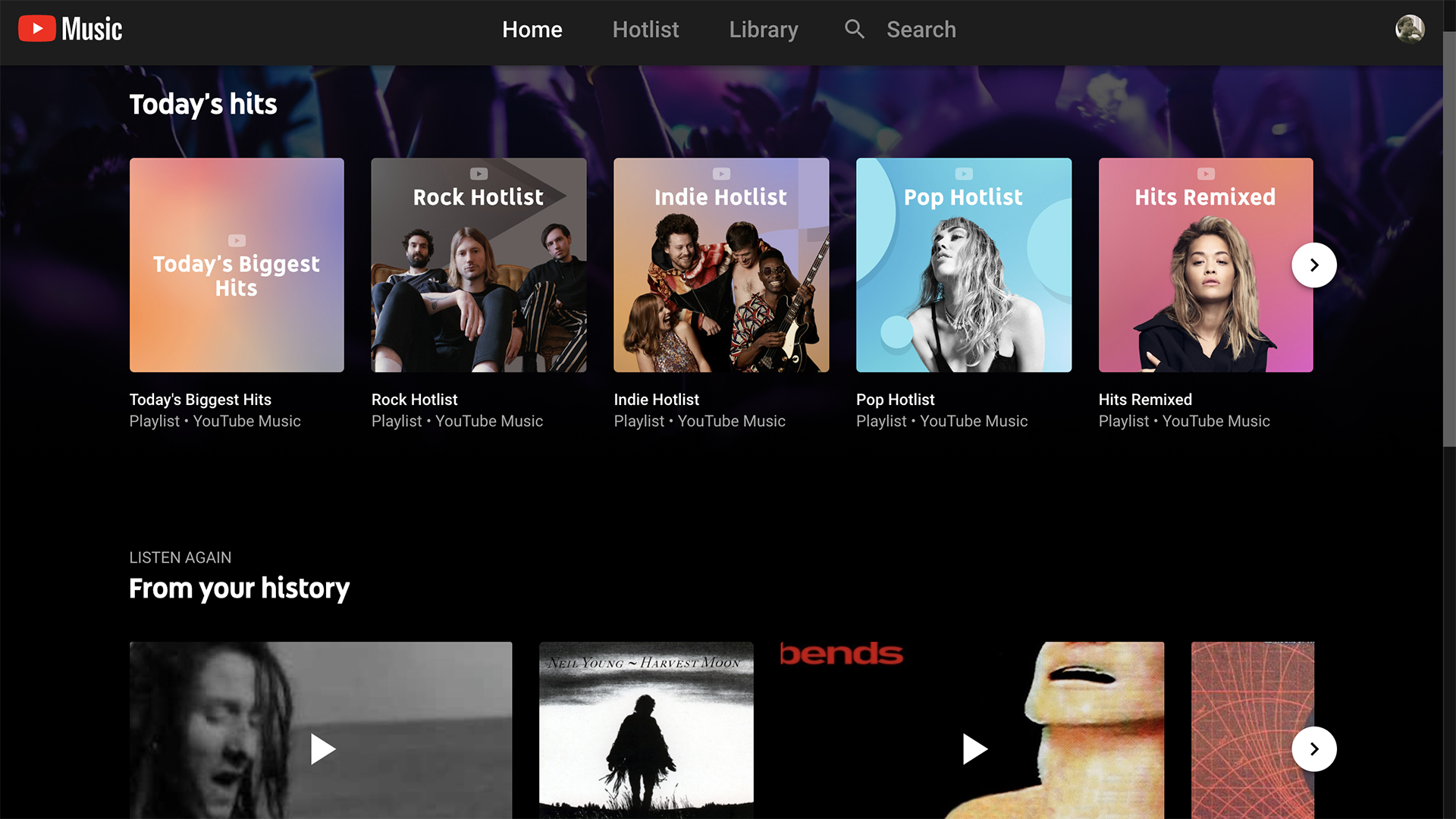YouTube Music is a mess, but Google could fix it at I/O with two big upgrades
I've felt no need to leave Tidal for a while, but Google could persuade me if it made some big changes to YouTube Music

Google I/O takes place later today, and while all eyes are on what features will appear on the next version of Android and the company's plans for its AI bot Bard, the biggest thing I would like to see is it finally address one of its biggest disappointments – YouTube Music.
If I’m honest, Google has never been that great when it comes to music in my mind. Take a look at its track record. Google Play Music had some cool features, like the ability to rip tracks from your CDs and store your own library on its cloud, but it never had the same allure as Tidal and Apple Music, which had better libraries and discovery features.
And despite hitting 80 million paid subscribers last year, its latest platform, YouTube Music, is still in pretty dire shape and has yet to offer any real reason for me to jump ship from Tidal and Apple Music.
First, there’s the quality issue. Look at our YouTube Music review and you’ll see that while it has some cool stuff, especially around video and live sessions, it simply doesn’t sound as good as competing services. At launch, this wasn’t a surprise as YouTube Music launched with 128kbps streams. And despite doubling the bit-rate to 256kbps and supporting AAC, it still doesn’t sound as good as the competition, with audio lacking the detail you get on Apple Music and Tidal.
What I’d like Google to do to fix this at I/O 2023 is announce a higher-tier package that offers streaming from a less lossy codec – an equivalent of ALAC on Apple Music or MQA/FLAC on Tidal, the two services that, based on the hours upon hours of time we spend reviewing audio kit in our listening rooms, offer the best results when streaming. It’s one of the biggest reasons we flag Apple Music and Tidal as two of the best music streaming services.
The second big issue is around the fact that Google hasn't really leaned into the platform’s biggest strength – video. Tidal and competing services have video features, sure, but YouTube is one of the biggest platforms for it in the world. After all, it houses and maintains its own economy for videographers at the moment. YouTube Music should really have the same influence on bands and songwriters, and to do that it needs to offer the best experience possible.
To do that, I think it needs Dolby Atmos support. Until it offers this it can’t really beat Apple Music, which features its own Atmos-powered Spatial Audio tracks, and Tidal, which accommodates Dolby Atmos Music.
The latest hi-fi, home cinema and tech news, reviews, buying advice and deals, direct to your inbox.
Think about how cool it would be to be able to watch a music video on YouTube Music and get proper immersive 3D audio through your Dolby Atmos soundbar, speaker or system – the roar of the crowd behind you as the band takes the stage and the immersive thump of the bass drum as they start their set. Having experienced this sort of multi-dimensional soundstage through various pieces of equipment, I can personally confirm that, when done right, the only thing better than hearing Atmos-fied live recordings is being physically at the gig.
Google’s also in a great position to leverage a lead here given the work it’s been quietly doing growing YouTube Music’s live recording library. The move just makes sense.
If Google did these two key things, YouTube Music would be a much more compelling offer and one that could easily grow given how integrated it is into its Android software. And that for me is why I’d like to see Google make these key steps at I/O.
More:
Best music streamers - the top options we've tested
These are the best portable music players money can buy
We explain the differences between hi-res streaming services

Alastair is What Hi-Fi?’s editor in chief. He has well over a decade’s experience as a journalist working in both B2C and B2B press. During this time he’s covered everything from the launch of the first Amazon Echo to government cyber security policy. Prior to joining What Hi-Fi? he served as Trusted Reviews’ editor-in-chief. Outside of tech, he has a Masters from King’s College London in Ethics and the Philosophy of Religion, is an enthusiastic, but untalented, guitar player and runs a webcomic in his spare time.
